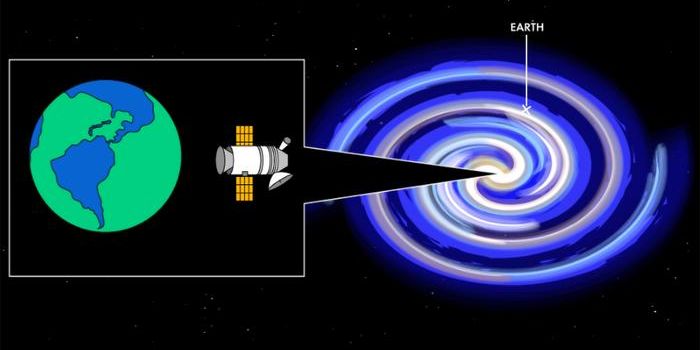What's Taking the James Webb Space Telescope So Long?
The upcoming infrared-based James Webb Space Telescope (JWST) is poised to become the Hubble Space Telescope’s successor as NASA’s premier in-space observatory. Unfortunately, the JWST has experienced more delays than initially anticipated. The original 2007 launch date has come and gone, and the latest launch date estimate is now projected for March 30, 2021; but can NASA meet this new deadline?
NASA has a consistent track record of disregarding deadlines because aerospace and space exploration is hard. Given the high costs associated with doing such demanding tasks, NASA wants to cross every ‘T’ and dot every ‘I’ before giving the green light to move forward with something. The JWST, which is a multi-billion-dollar project, is no exception to this rule of thumb. But even so, why is developing the JWST taking so long?
Perhaps the easiest way to answer that question is to cite the JWST’s complexity, which precision at the nanometer-level. NASA needs to ensure that every component of the JWST works correctly before it’s launched because there will be no way to repair the JWST if something doesn’t deploy successfully in space. This is especially concerning given just how many moving parts the JWST has onboard.
Developing complex new technologies is at the forefront of the JWST project, and much of the technology onboard is unlike anything any space telescope has ever used before. It’s not only incredibly sensitive, but it’s incredibly powerful. With that in mind, the wait will be worth it after the JWST gets placed in space to begin scientific operations.








